Aquaguard PCB Circuit Price: Understanding Costs & Replacement
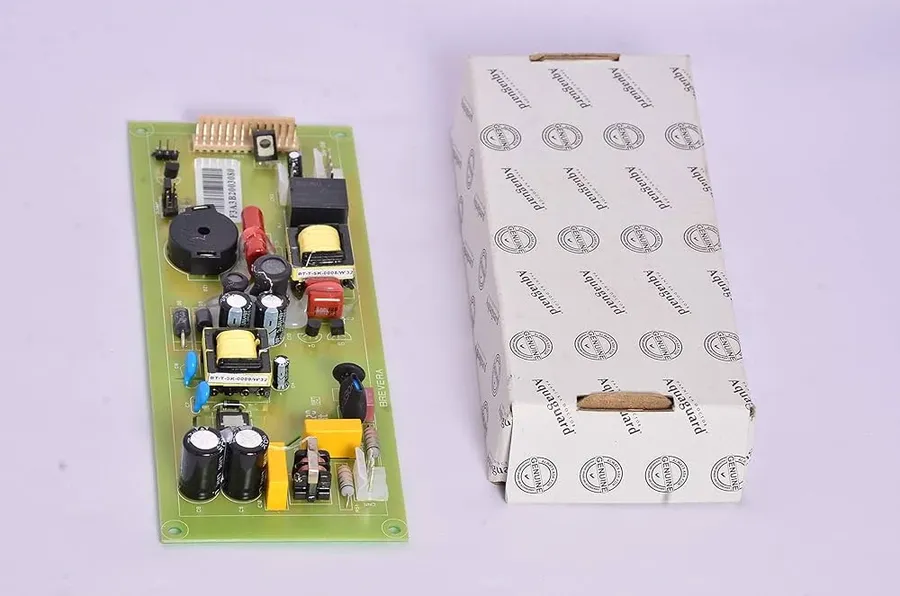
In today's world, clean drinking water is a necessity, and water purifiers like Aquaguard play a vital role. However, like any electronic device, they can face issues. A common concern is the Aquaguard PCB circuit price. This article dives into the factors influencing these costs, repair options, and essential maintenance tips, bridging the gap between the technology behind clean water and practical understanding.
What is a PCB Circuit in an Aquaguard Water Purifier?

The Printed Circuit Board (PCB) is the core intelligence of your Aquaguard water purifier, functioning as its central nervous system. This crucial component orchestrates and manages all the critical operations of the unit. These operations include, but are not limited to, UV purification, which ensures the water is free of harmful microorganisms, the activation and regulation of the pump, responsible for water flow, and the continuous monitoring of the various filters to guarantee optimal performance and timely replacements.
Factors Influencing Aquaguard PCB Circuit Price
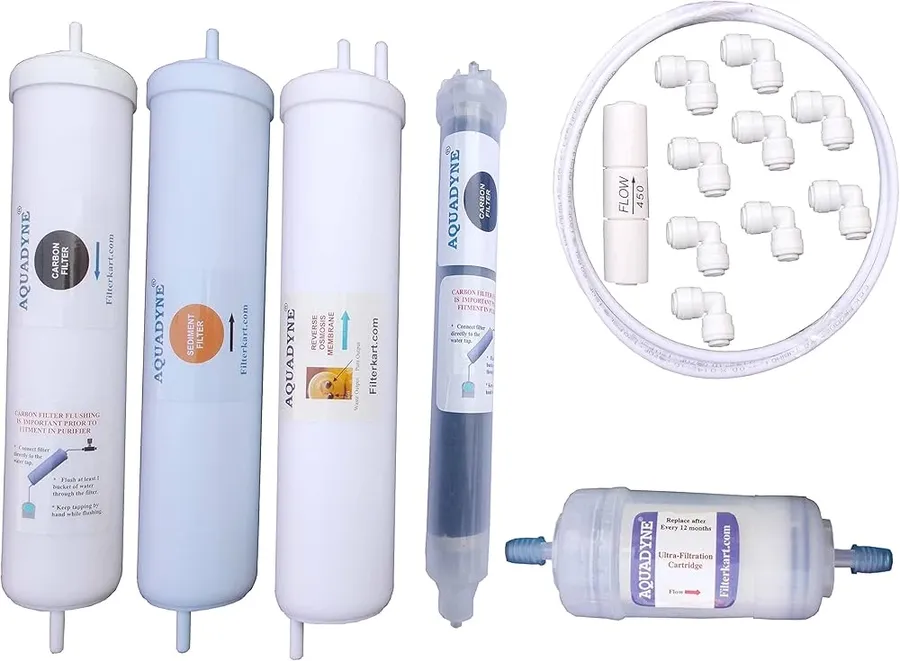
The price of an Aquaguard Printed Circuit Board (PCB) is not fixed; it is subject to variations based on several key factors. Understanding these factors is crucial for consumers seeking to obtain a replacement PCB at a fair and accurate cost. These factors relate to the complexity of the board, the model of the water purifier it is designed for, and market dynamics.
| Factor | Description | Impact on Price |
|---|---|---|
| Aquaguard Model | Different models (e.g., Classic, Enhance, Magna) utilize PCBs with varying levels of complexity and features. | More advanced models with additional functions generally require more complex and expensive PCBs. |
| PCB Complexity | PCBs can range from basic single-stage filtration control to complex multi-stage RO+UV+UF systems. | PCBs for systems with more advanced filtration technologies (like RO or UV) cost more due to the additional circuitry and components required. |
| Manufacturing Quality | The quality of materials used and the precision of the manufacturing process directly impact the PCB's cost. | High-quality PCBs, made with better components and more stringent manufacturing processes, will typically be more expensive. |
| Source of Purchase | The price can vary significantly depending on whether you purchase from the official manufacturer, authorized dealers, or third-party suppliers. | Purchasing from official channels may lead to higher prices but often ensures authenticity and quality. Third-party suppliers may offer lower prices but may carry risks of counterfeit parts. |
In summary, when evaluating the cost of an Aquaguard PCB, it's essential to consider these multiple dimensions. Opting for the cheapest alternative may compromise quality and longevity, while choosing the most expensive does not always ensure the best fit for the product or the best value for the cost. It is best to consider all factors in conjunction.
Typical Aquaguard PCB Circuit Prices
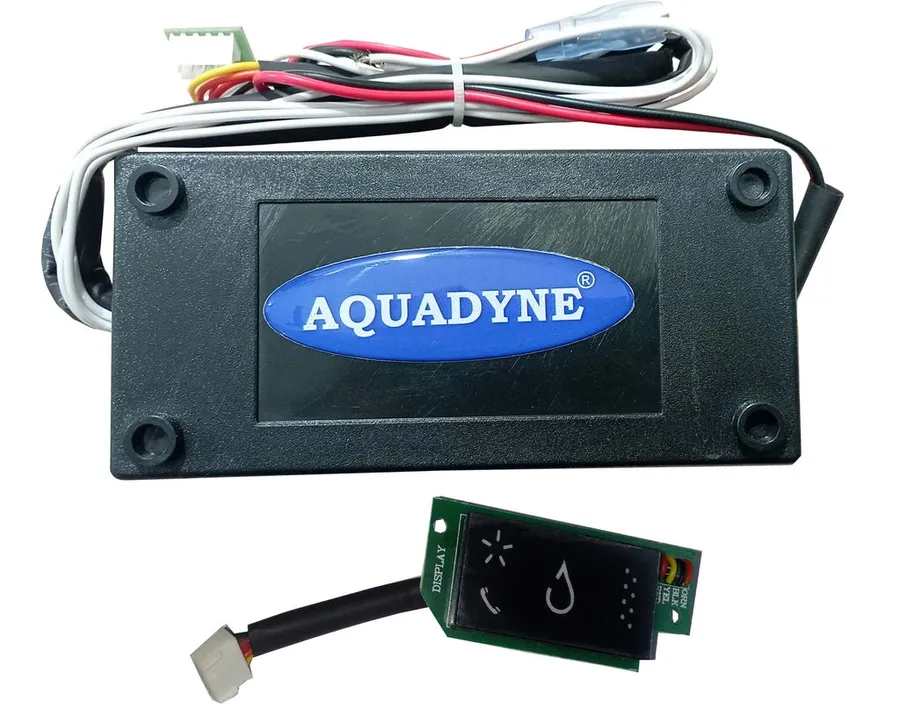
The price of an Aquaguard PCB circuit varies significantly depending on the specific model and its features. Understanding these price ranges is crucial for budgeting replacements or repairs. Prices fluctuate based on the purifier's technology (e.g., UV, RO, or multi-stage filtration) and the supplier.
| Aquaguard Model | Typical PCB Price Range (INR) | Notes |
|---|---|---|
| Aquaguard Classic | ₹800 - ₹1500 | Basic models with fewer features; typically UV-based. |
| Aquaguard Enhance | ₹1200 - ₹2200 | Mid-range models with enhanced filtration features. |
| Aquaguard RO (various models) | ₹1800 - ₹3500 | Reverse Osmosis models; price varies by RO stage complexity. |
| Aquaguard Magna | ₹2500 - ₹4500 | Premium models with advanced features and multi-stage purification. |
| Other Advanced Models | ₹3000 - ₹6000+ | High-end models with additional sensors and smart functionalities. |
It is important to note that these price ranges are indicative and may vary based on factors such as the supplier, location, and any ongoing promotions. Prices from authorized service centers are usually higher but come with a warranty and genuine part guarantee, whereas third-party vendors might offer lower prices but with a higher risk of non-genuine or lower quality parts. When obtaining price quotations, it is essential to compare prices from different sources including authorized service centers and reputed online retailers.
When to Consider PCB Replacement vs. Repair?
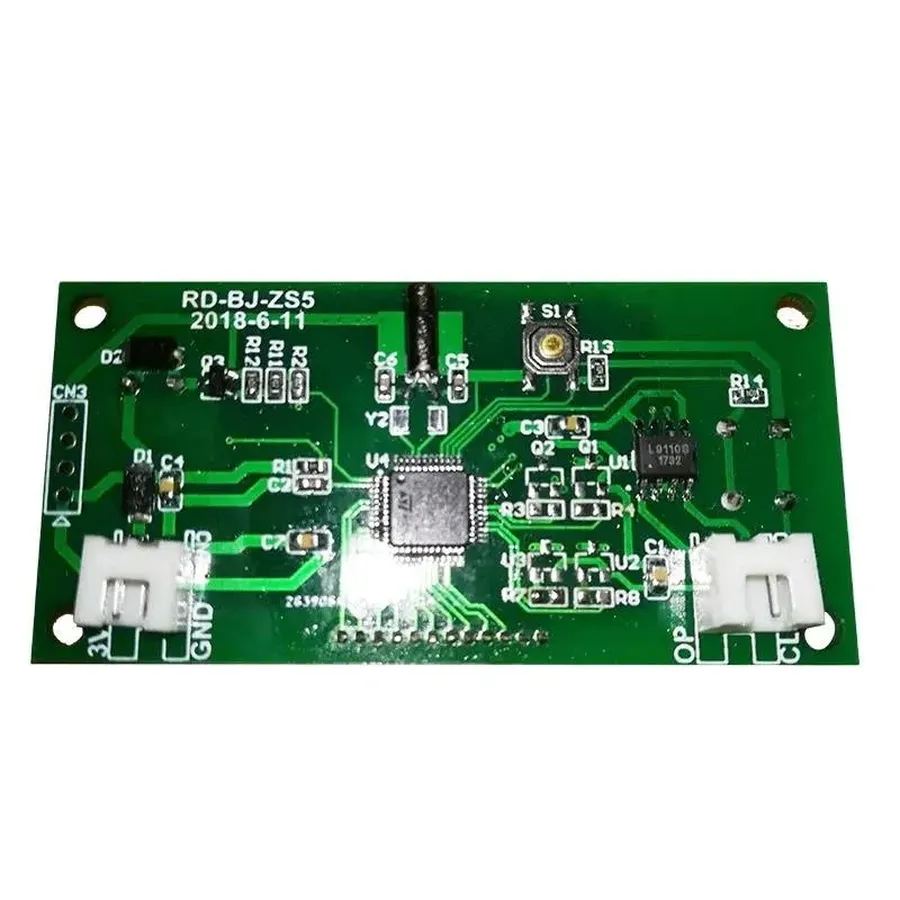
Determining whether to repair or replace an Aquaguard PCB requires a careful evaluation of the symptoms and the extent of the damage. While repair can be a cost-effective solution for minor issues, complete replacement is often necessary when the damage is extensive or impacts critical functions. This section will guide you through the diagnostic process and help you make the right decision based on the circumstances.
- Common Symptoms Indicating PCB Issues
Intermittent operation, where the purifier works sporadically; error codes displayed on the control panel; unusual noises from the unit; failure of specific functions, like UV purification or pump operation; or the system not powering on at all can indicate PCB issues. - When Repair is a Viable Option
Repair is often suitable for minor issues such as loose connections, component failures (like capacitors or resistors), or damage limited to a specific section of the board. Repair is generally favored when the cost of repair is significantly lower than replacement and the PCB isn't too old. - When Replacement is Necessary
Complete PCB replacement is advisable in cases of extensive damage such as burnt traces, short circuits, physical damage, or failure of the microcontroller. If the PCB is severely degraded due to age, or if the cost of repair approaches or exceeds that of replacement, replacement becomes the more practical option. - Assessing the Cost Implications
Consider the cost of repair, which may involve labor charges and the cost of individual components, versus the cost of a new PCB, which, while higher initially, offers a fresh warranty and may prevent future issues. It's also important to consider the longevity and reliability of a repaired PCB compared to a new one. - Diagnostic Steps
A systematic diagnostic approach is essential. Begin by checking the power supply and connections. Inspect the PCB for physical damage, including burnt components, and look for signs of corrosion or water damage. An experienced technician may use diagnostic tools like multimeters to pinpoint specific failures. Consult the Aquaguard manual for error code definitions, which can help isolate the affected section of the PCB.
Aquaguard PCB Repair Cost: What to Expect
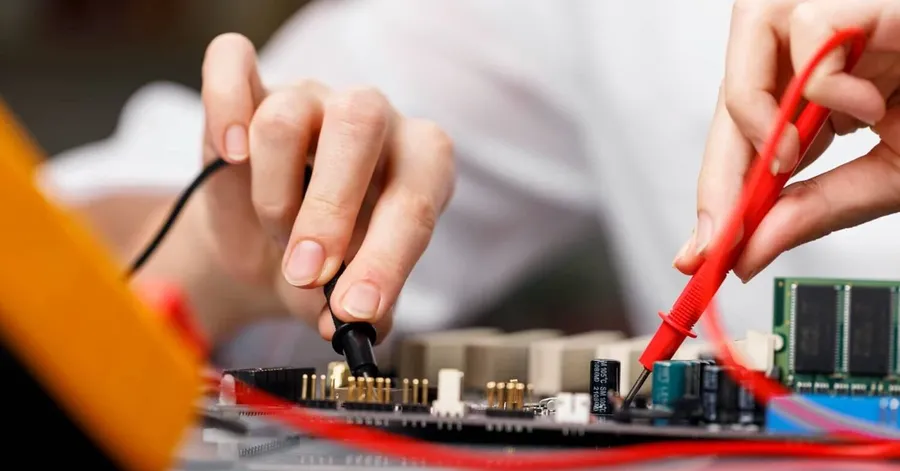
The cost to repair an Aquaguard PCB (Printed Circuit Board) can vary significantly based on several factors, making it crucial to understand the potential expenses involved before deciding on a repair or replacement strategy. This section provides a detailed breakdown of those factors to help you make an informed decision.
The cost of repairing your Aquaguard's PCB hinges on several key elements. These include the extent of the damage sustained, the specific components that require replacement, and whether the repair is undertaken by a professional technician or attempted as a DIY project. Additionally, the geographic location and availability of service providers can influence the overall repair expenses, hence the question of 'Aquaguard PCB repair cost near me' is often a crucial consideration.
| Cost Factor | Description | Cost Implications |
|---|---|---|
| Extent of Damage | Minor issues like capacitor failure vs. major damage to traces or ICs | Minor damage may involve simple component replacement; major damage may need extensive repair or replacement. |
| Parts Needed | Cost of replacement components like resistors, capacitors, ICs, etc. | High-quality, specific components can raise costs. Availability and sourcing also affect prices. |
| Professional vs. DIY Repair | Labor costs of a professional technician vs. cost of DIY tools and parts | Professional repairs add labor costs but offer assurance; DIY is cheaper but risks further damage if not done correctly. |
| Location | Cost may vary depending on location and service availability. | Service costs can differ depending on local market conditions. |
It is important to note that a seemingly minor issue can sometimes indicate a more complex problem, making initial diagnosis important for a clear understanding of the overall expenses. The availability of spare parts and the labor costs of the technician will have a strong impact on the final repair cost. When considering ‘Aquaguard PCB repair cost near me’ consider comparing quotes from local technicians to make an informed decision.
Finding a Reliable Source for Aquaguard PCB
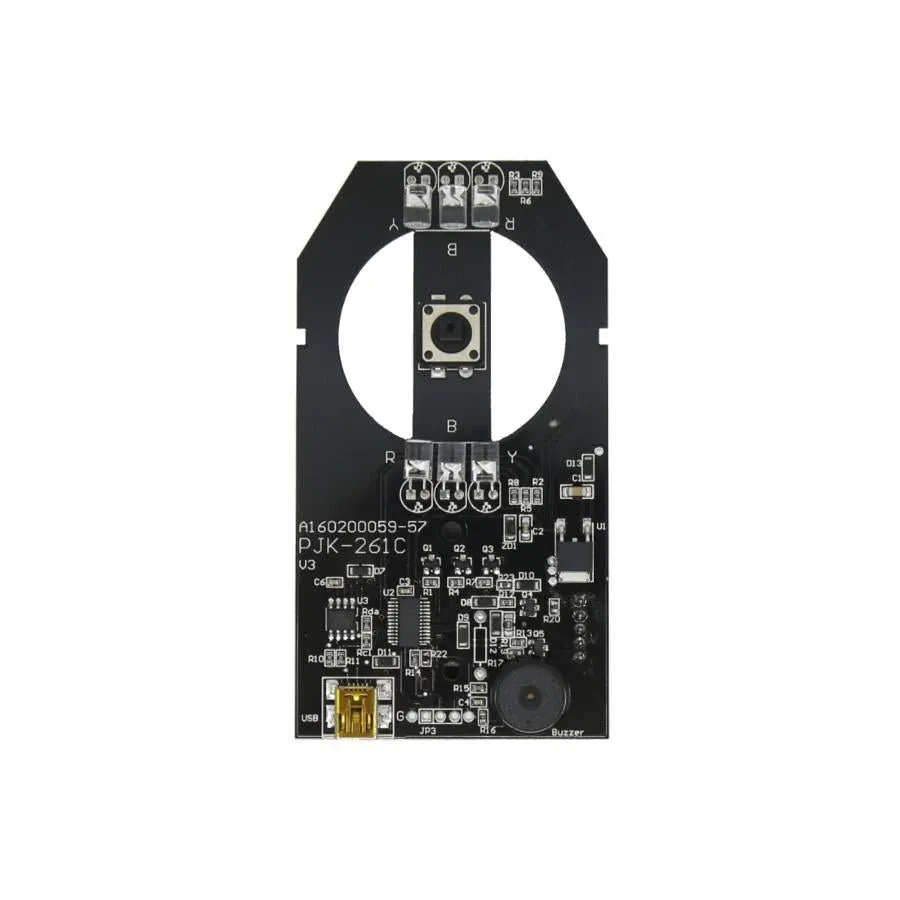
Securing a genuine Aquaguard PCB (Printed Circuit Board) is crucial for ensuring the continued performance and safety of your water purifier. The market includes original manufacturer parts, quality alternatives, and counterfeit products; navigating these options requires careful consideration. Choosing the right source directly impacts the lifespan and reliability of your Aquaguard system.
- Authorized Service Centers
Purchasing directly from authorized Aquaguard service centers guarantees genuine parts that are specifically designed for your model. These centers employ certified technicians and are the safest route for quality assurance. - Official Online Stores
The official online store of Eureka Forbes, the parent company of Aquaguard, offers a convenient way to order genuine PCBs. This avenue minimizes the risk of counterfeit products, though you need to verify that the online store is indeed the official source. - Reputable Third-Party Suppliers
Some established third-party suppliers specialize in water purifier parts and maintain high standards of quality. Before purchasing, verify their reputation and customer reviews to avoid being misled by poor quality components. - Avoid Unverified Marketplaces
Online marketplaces, often feature numerous sellers of varying legitimacy. The risk of purchasing counterfeit or low-quality PCBs from these sources is significantly higher, compromising your purifier’s function and potentially voiding its warranty.
When evaluating potential suppliers, it is crucial to check if they offer warranty on the PCB, or have a robust returns policy. Genuine components are typically sold with a manufacturer warranty, which acts as an assurance of their quality. Furthermore, check for clear contact details and physical addresses for the supplier, as this can help in holding them accountable.
Counterfeit PCBs are a serious concern, and can be difficult to detect by visual inspection alone. These products typically have a shorter lifespan, may not meet required standards, and can even cause damage to other components. Ensure the PCB's label is authentic, and that there are no irregularities such as mismatched serial numbers, or visible defects.
| Factor | Genuine Aquaguard PCB | Counterfeit Aquaguard PCB |
|---|---|---|
| Quality | High manufacturing standards and reliability. | Low quality, prone to failure and inconsistencies. |
| Performance | Optimized performance and efficient operation. | Sub-optimal performance and potential damage to other components. |
| Warranty | Comes with manufacturer warranty. | Often does not come with warranty or a fake one. |
| Lifespan | Longer lifespan due to high-quality materials. | Short lifespan due to inferior quality materials. |
| Price | Higher price point, but better value for longevity. | Cheaper upfront, but high long-term cost due to failures. |
| Safety | Meets required safety standards | May not meet safety standards, posing a risk. |
DIY vs Professional Aquaguard PCB Replacement & Repair
Deciding between DIY and professional service for Aquaguard PCB repair or replacement hinges on a careful evaluation of your technical aptitude, access to necessary components, and the potential impact on your appliance's warranty. Each approach has distinct advantages and disadvantages that directly affect cost, convenience, and the likelihood of a successful resolution.
| Factor | DIY Repair/Replacement | Professional Service |
|---|---|---|
| Technical Skill Level | Requires strong understanding of electronics and PCB repair. Ability to use diagnostic tools and soldering equipment. | Requires minimal to no technical expertise. Technicians are trained for PCB work. |
| Cost | Lower upfront cost for labor; Potential for higher costs if mistakes are made or wrong parts are purchased. Purchase only the PCB and component, saving labor cost. | Higher initial cost due to labor charges, but can be more economical in the long run if the replacement is done right the first time. |
| Time Commitment | Can be time-consuming, especially for complex repairs or if debugging is needed. Troubleshooting can take time. | Faster turnaround due to experience and specialized tools. Service is usually scheduled at your convenience. |
| Part Availability | Requires sourcing parts, may not be easy for specific components. Risk of purchasing lower-quality or counterfeit parts. | Professionals typically have ready access to genuine parts from reliable sources, often through the manufacturer. |
| Warranty Implications | May void the Aquaguard warranty if not done correctly or if non-genuine parts are used. Can risk future warranty coverage. | Often preserves the warranty or comes with a service warranty on parts and labor. |
| Risk of Damage | Higher risk of further damage to the PCB or other components if not handled correctly. Potential for injury if proper precautions are not taken. | Lower risk of further damage due to the expertise of technicians. Proper safety protocols are used by professionals. |
| Tools and Equipment | Requires specific tools, including soldering iron, multimeter, and desoldering equipment. Initial purchase of these tools could be costly. | Technicians are equipped with all the necessary tools. No need to buy additional tools. |
In conclusion, choosing between DIY and professional service requires a practical evaluation. If you possess the necessary technical skills, access to genuine parts, and are comfortable with potential risks, DIY can be a cost-effective solution. However, for those lacking expertise or seeking to maintain warranty coverage, professional service provides a more reliable approach, ensuring a functional and safe repair.
Frequently Asked Questions About Aquaguard PCB Circuits
This section addresses common queries regarding Aquaguard PCB circuits, providing clear and concise answers to help you understand their function, maintenance, and replacement.
- How Often Should I Replace the Aquaguard PCB Circuit?
There isn't a fixed replacement schedule for PCBs. Replacement is generally necessary when the board fails due to component damage, power surges, or age-related degradation, causing malfunction of the water purifier. Monitor for error codes or intermittent operation, as these can indicate a failing PCB. - What are the Common Causes of Aquaguard PCB Failure?
Common causes of PCB failure include power surges, water damage, component aging, and physical damage to the board itself. Additionally, manufacturing defects, though rare, can also contribute to failure. Proper installation and stable power supply are crucial to preventing these issues. - Can I Get a Warranty on a New Aquaguard PCB Circuit?
Yes, most genuine replacement PCBs come with a manufacturer's warranty. The warranty period and terms vary. It is recommended to purchase from authorized service centers or reputable suppliers to ensure you are getting a genuine product with valid warranty coverage. Counterfeit PCBs may not have warranties. - What is the Price Difference Between Eureka Forbes PCB and Aquaguard PCB?
Eureka Forbes is the parent company of Aquaguard. The price difference will depend on the specific models and features of the PCB. The differences in price may stem from variations in components, functionality (e.g., UV, RO, multi-stage), and design complexity for different water purifier models. Generally speaking, PCBs designed for more advanced purifiers will carry higher prices than those designed for basic units. - Can I repair a damaged Aquaguard PCB circuit?
Minor issues can sometimes be repaired, but it often depends on the severity and nature of the fault. Complex issues may necessitate a replacement of the entire circuit board. The repair decision depends on the availability of replacement components, required technical expertise, cost-effectiveness compared to a new PCB, and any implications for the equipment's warranty. For less complex failures such as blown capacitors or regulators, and if the user has the skills, these can be addressed by skilled repairs, but this needs to be compared against a new PCB as a cost. - Where can I find a reliable Aquaguard PCB circuit supplier?
Reliable sources include authorized service centers, certified online retailers, and authorized dealers. When buying online, verify the supplier’s authenticity. Purchasing from unofficial sources could lead to obtaining counterfeit or substandard PCBs, which may not function correctly or may have a reduced lifespan, resulting in unreliable performance. - How do I diagnose issues with my Aquaguard PCB Circuit?
Common symptoms of a faulty PCB include the purifier not powering on, erratic operation, error codes on the display (if applicable), or failure of specific functions (such as UV disinfection or the pump). A thorough visual inspection might reveal burned components or physical damage. However, a multimeter and other testing equipment might be needed to fully diagnose the issue, and this may require a technician to ensure that the diagnosis is correct before replacing the board.
Maintenance Tips for Prolonging Aquaguard PCB Life
Extending the lifespan of your Aquaguard PCB (Printed Circuit Board) not only ensures consistent performance of your water purifier but also helps in avoiding unnecessary repair or replacement costs. Implementing proactive maintenance and preventative measures is paramount to the longevity of this critical component.
- Proper Installation
Ensure the Aquaguard unit is installed in a stable, dry location, away from direct sunlight and excessive moisture. A level surface is crucial to prevent internal stress on the unit and PCB. - Regular Cleaning
Clean the exterior of the Aquaguard regularly with a soft, damp cloth. Avoid spraying water directly onto the unit, especially around the electrical components and vents. A clean unit prevents dust and dirt accumulation that can lead to overheating. - Avoid Power Surges
Use a surge protector or stabilizer to safeguard the PCB from voltage fluctuations and power surges, which are a major cause of electronic component damage. These fluctuations can cause irreversible damage to the sensitive circuits. - Preventative Maintenance Checks
Periodically check the power cord and connections for any signs of wear or damage. Schedule regular professional maintenance checks as recommended by the manufacturer. These checks can identify potential issues before they lead to PCB failure. - Ensure Proper Ventilation
Ensure the unit has adequate ventilation to prevent overheating, as this could lead to premature PCB failure. Do not place the unit in an enclosed space without ventilation. This helps in dissipating heat generated during operation. - Avoid Overloading the Purifier
Operate the purifier within its intended capacity and avoid overuse. Overloading can stress the PCB, leading to potential damage and reduced lifespan. Follow the manufacturer's guidelines for usage. - Regular Filter Replacement
Regularly replace the filters as per the schedule recommended by the manufacturer. Clogged filters cause the pump to work harder, potentially damaging the PCB through over exertion. Regular filter replacement ensures optimal performance of the entire system.
Understanding the Aquaguard PCB circuit price is crucial for maintaining your water purifier effectively. Whether you opt for replacement or repair, being informed about costs, choosing reliable suppliers, and taking preventative measures can extend your purifier's life and ensure clean water for your family, all while keeping in mind the Aquaguard PCB circuit price.
 AnyPCBA
AnyPCBA